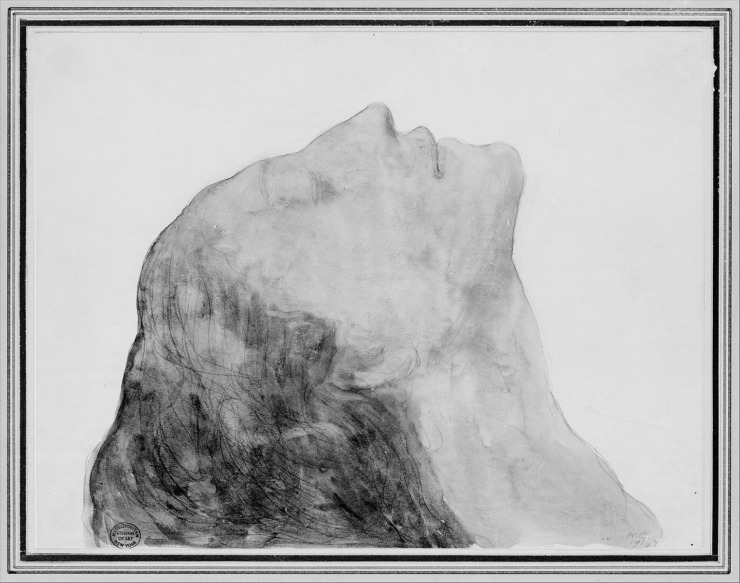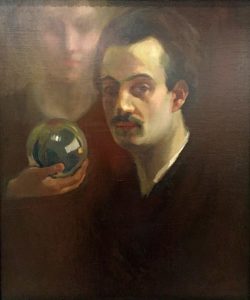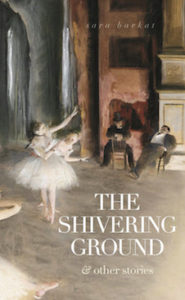< Return to Kahlil Gibran Poems
Crucified
I cried to men, “I would be crucified!”
And they said, “Why should your blood be upon our heads?”
And I answered, “How else shall you be exalted except by crucifying madmen?”
And they heeded and I was crucified. And the crucifixion appeased me.
And when I was hanged between earth and heaven they lifted up their heads to see me. And they were exalted, for their heads had never before been lifted.
But as they stood looking up at me one called out, “For what art thou seeking to atone?”
And another cried, “In what cause dost thou sacrifice thyself?”
And a third said, “Thinkest thou with this price to buy world glory?”
Then said a fourth, “Behold, how he smiles! Can such pain be forgiven?”
And I answered them all, and said:
“Remember only that I smiled. I do not atone—nor sacrifice—nor wish for glory; and I have nothing to forgive. I thirsted—and I besought you to give me my blood to drink. For what is there can quench a madman’s thirst but his own blood? I was dumb—and I asked wounds of you for mouths. I was imprisoned in your days and nights—and I sought a door into larger days and nights.
“And now I go—as others already crucified have gone. And think not we are weary of crucifixion. For we must be crucified by larger and yet larger men, between greater earths and greater heavens.”
—Kahlil Gibran

About Kahlil Gibran
Khalil Gibran (جبران خليل جبران) was a writer, visual artist, and poet with a prolific collection of work. He was born in 1883 in a village in the Mount Lebanon Mutasarrifate and in 1893 moved with his family to the United States where he enrolled in school in Boston, then went back home when he was fifteen to enroll in the Collège de la Sagesse. In 1902 he came back to Boston, and two years later his artwork was displayed for the first time. In 1905 he published his first book, and after that studied art in Paris for three years. Gibran wrote books in both Arabic and English, including poems, plays, fables, short stories, and political essays.
His cousin, Kahlil G. Gibran, a sculptor, described his work in this way. “Ignoring much of the traditional vocabulary and form of classical Arabic, he began to develop a style which reflected the ordinary language he had heard as a child in Besharri and to which he was still exposed in the South End [of Boston]. This use of the colloquial was more a product of his isolation than of a specific intent, but it appealed to thousands of Arab immigrants.” (Robin Waterfield, 1998) He was inspired by the King James Bible, the works of William Blake, whose drawings were in Gibran’s opinion “so far the profoundest things done in English.” (Joseph Ghougassian, 1973) Other inspirations included Francis Marrash (فرنسيس بن فتح الله بن نصر الله مرّاش), Walt Whitman, and Friedrich Nietzsche.

“Self Portrait and Muse” by Khalil Gibran
With visual art Gibran worked in oils, pencil, ink, watercolor, and gouache, and created more than seven hundred pieces of visual art. His work is featured in a number of museums, and his work The Prophet has been translated into more than 100 languages and has never been out of print, becoming popular in the American counterculture and New Age movement. The book was admired by Elvis Presley, John Lennon, Johnny Cash, David Bowie, Gilad Hochman (גילעד הוכמן) and Dana Al Fardan. Gibran has museums, memorials, schools, a garden, and a crater on Mercury named after him.
I hope you enjoyed Crucified by Kahlil Gibran! If you liked Crucified by Kahlil Gibran, you might enjoy more poems by him below.
< Return to Khalil Gibran Poems
“Stunning…from start to finish. Barkat is a fierce new voice.”
